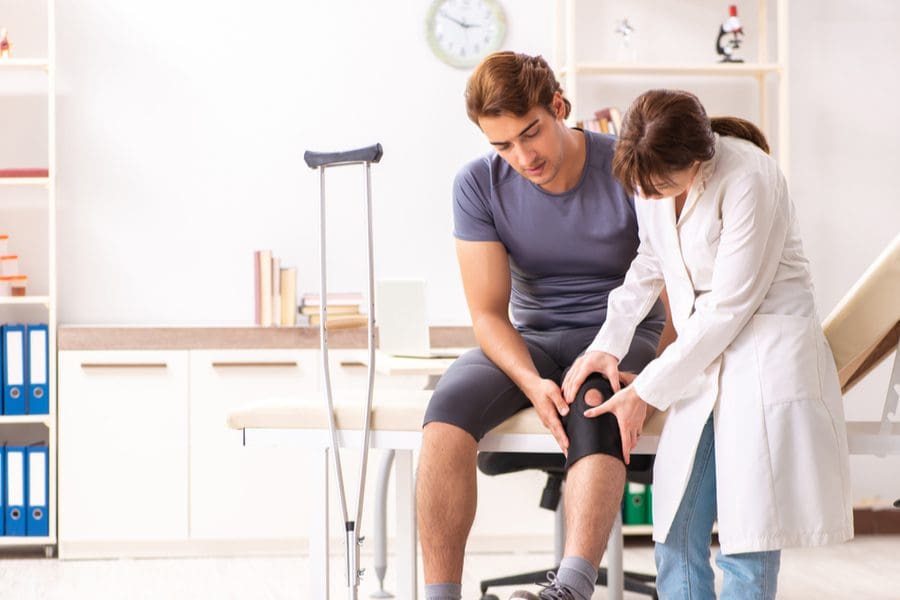If you’re unfortunate to experience a long-term injury of some kind, it’s important to adapt your lifestyle and accept the required amount of time to heal. In many cases, a long-term injury consists of a major tear, rupture, break or burn and can be sports-related or the result of an accident. It can also be as simple as lifting something heavy or age related changes to your body. Whether suffering from a collision on the court or a hard fall and beyond, the recovery period is often the cause of frustration. By altering your physical movement and fitness routine, a serious injury impacts your work, home and social life. To learn how to modify your day-to-day and maintain a positive attitude, read on.
Start by managing your expectations and ask for help. Since you’re likely moving at a slower pace and missing out on your regular gym session, change your schedule to include additional rest and adapt your fitness routine or try a new form of exercise to keep active. If you want to stay in good health, consider your eating habits and/or diet to limit weight gain. Whether resting, swimming, walking or running, listen to your body and learn to recognize your limits.
To minimize stress during your recovery period, communicate with your colleagues and superiors. Regardless of your line of work, be open and honest in terms of your needs and abilities. If possible, work from home to cut your commute and increase your comfort. If working in your slippers and PJs isn’t an option, depending on your type of injury, inquire about receiving a visit from a workplace strategist to assess your workspace and working habits.
Similar to work, consider your home life and living space with your injury in mind and make changes accordingly. For example, re-think your house duties/responsibilities, re-arrange the layout of your rooms and/or re-schedule your weekly appointments and activities. Depending on the location and scale of the pain, small things such as re-organizing the cupboards to shorten the reach and re-adjusting the furniture to improve the walkways can make a big difference.
For those who lead an active and/or social lifestyle, pumping the brakes is a must. While it’s easier said than done, pushing your body and rushing your recovery will only lead to re-injury — and potentially permanent damage. Based on the state and stage of your recovery, limit standing time, avoid high impact exercises and switch weight training for light yoga or lap swimming. If you find that your injury is cramping your social calendar and the fomo is real, invite your family and friends over for an eat-in, feet-up kind of night. To fully recover, you need time to rest, a clear mindset and a strong support system. Throughout the healing process, gain perspective and show appreciation to maintain a positive attitude.






